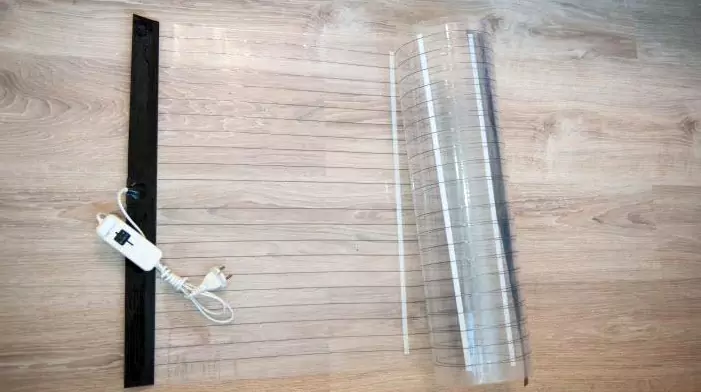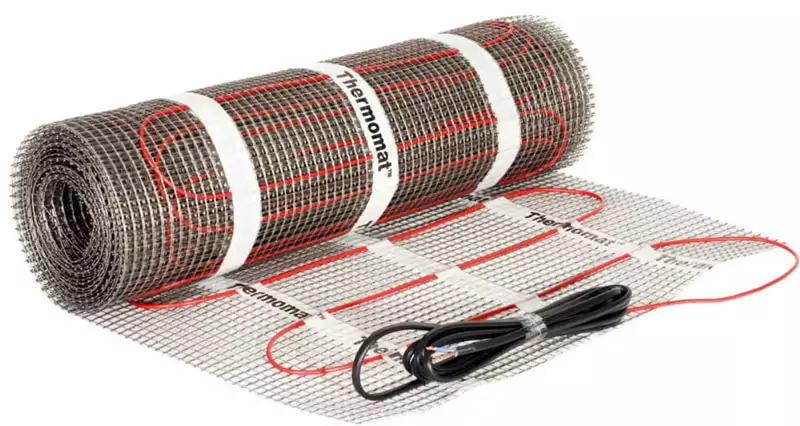Warm floors are a very convenient thing that will save apartment residents from colds. If you have small children or like to walk around barefoot at home, you can’t do without them. But what to do if you bought an apartment without these warm floors, and don’t plan to do major renovations yet? There is an excellent solution – the so-called mobile heated floors, which you can easily and quickly lay in any room, without fussing with screed, waterproofing, and other “delights”.
What is it and where is mobile heated flooring used?
A mobile heated floor is an electrical device consisting of several elements covered with a heat-resistant film. The temperature is regulated, as in the usual version, by a thermostat.

It can be laid in any room, including unheated ones. Excellent as an additional source of heat or a method of heating on a balcony or loggia. By the way, such mobile devices are also sold for cars.
Which one to choose: infrared or resistive?
There are two types of mobile heated floors, and each of them has its advantages and disadvantages.
The most popular are infrared floors – they are thin carbon films with heating filaments that work in parallel and rarely fail.

The operation of infrared-heated floors allows you to evenly warm the room. If necessary, the film can be cut to fit the size of the room. The infrared floor is completely safe, heats no more than 55 degrees, and does not damage fabric carpets or linoleum.

The only thing you need to pay close attention to is to thoroughly check all contacts before installation.
Resistive floors are made from composite plastic and polymer film. They are characterized by high strength and at the same time flexibility. Each resistive floor element contains blocks that operate on the principle of convection.

How to choose a warm mobile floor
If you decide to supplement your main heating with a mobile heated floor, be sure to pay attention to the manufacturers. Don’t trust cheap Chinese models.
This is something you need to pay attention to when choosing a mobile heated floor:
- quality of contact insulation;
- film thickness: not less than 3 mm;
- power and compliance with the finish. If you have linoleum, the power is 160 W per m², if you have tiles, it can be 220;
- The quality of carbon coating is without defects or gaps.
- gaps between carbon fiber strips: cloudy ones will last longer since it is a laminated material.
